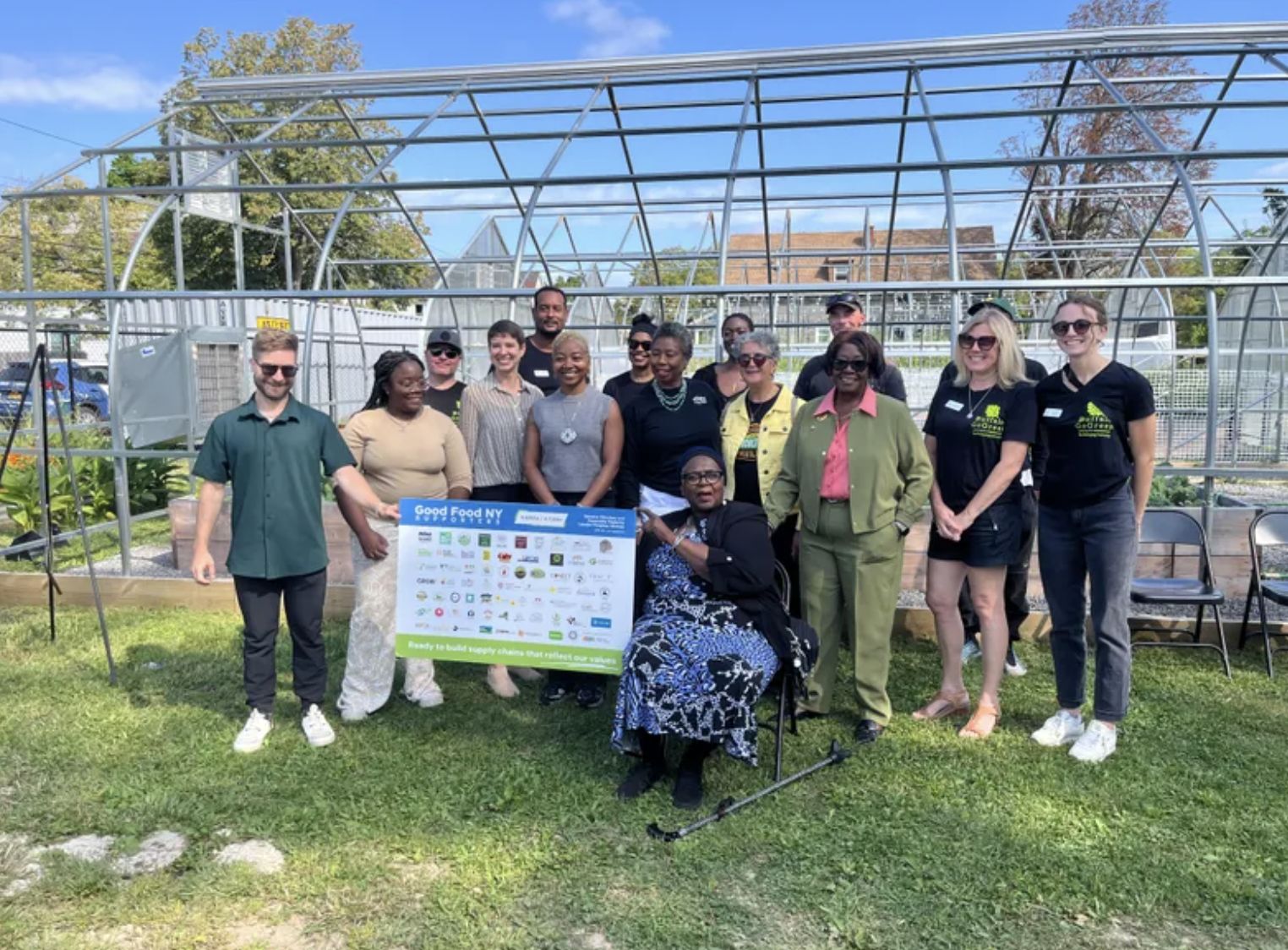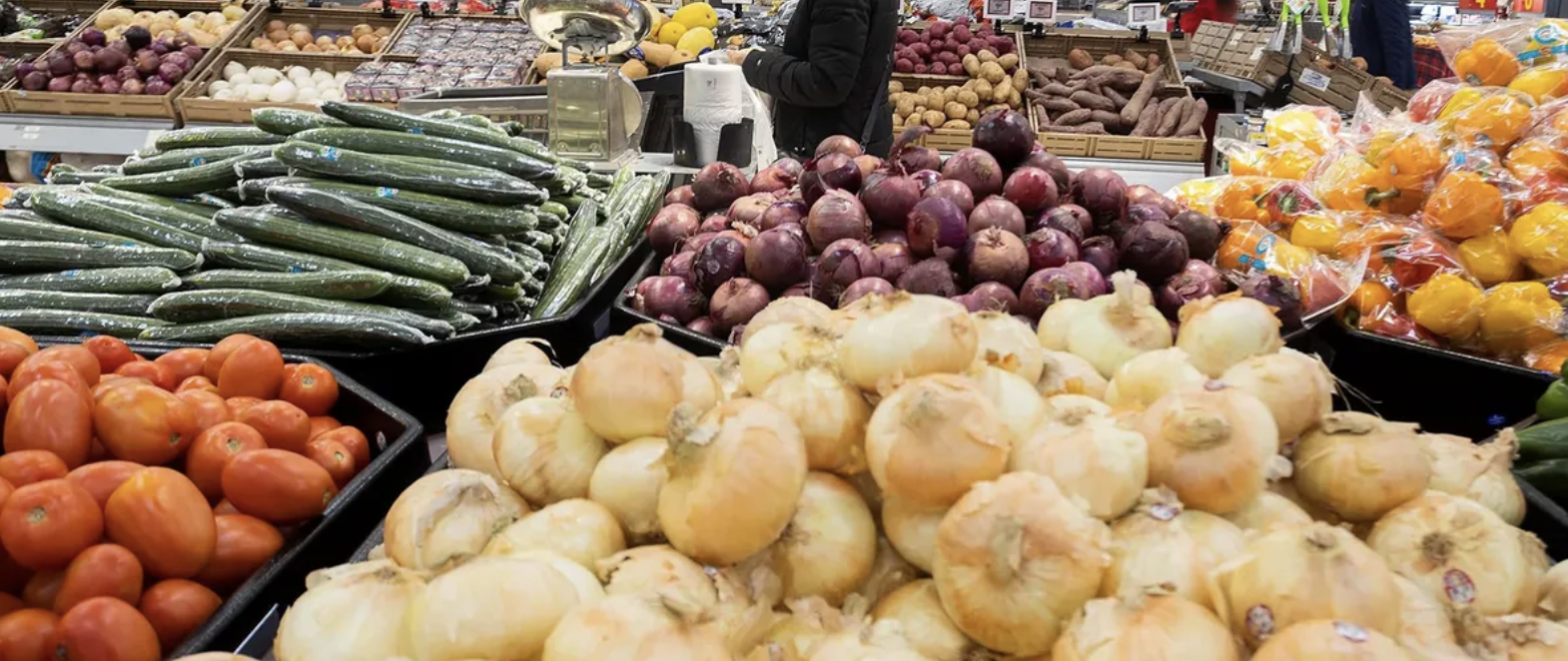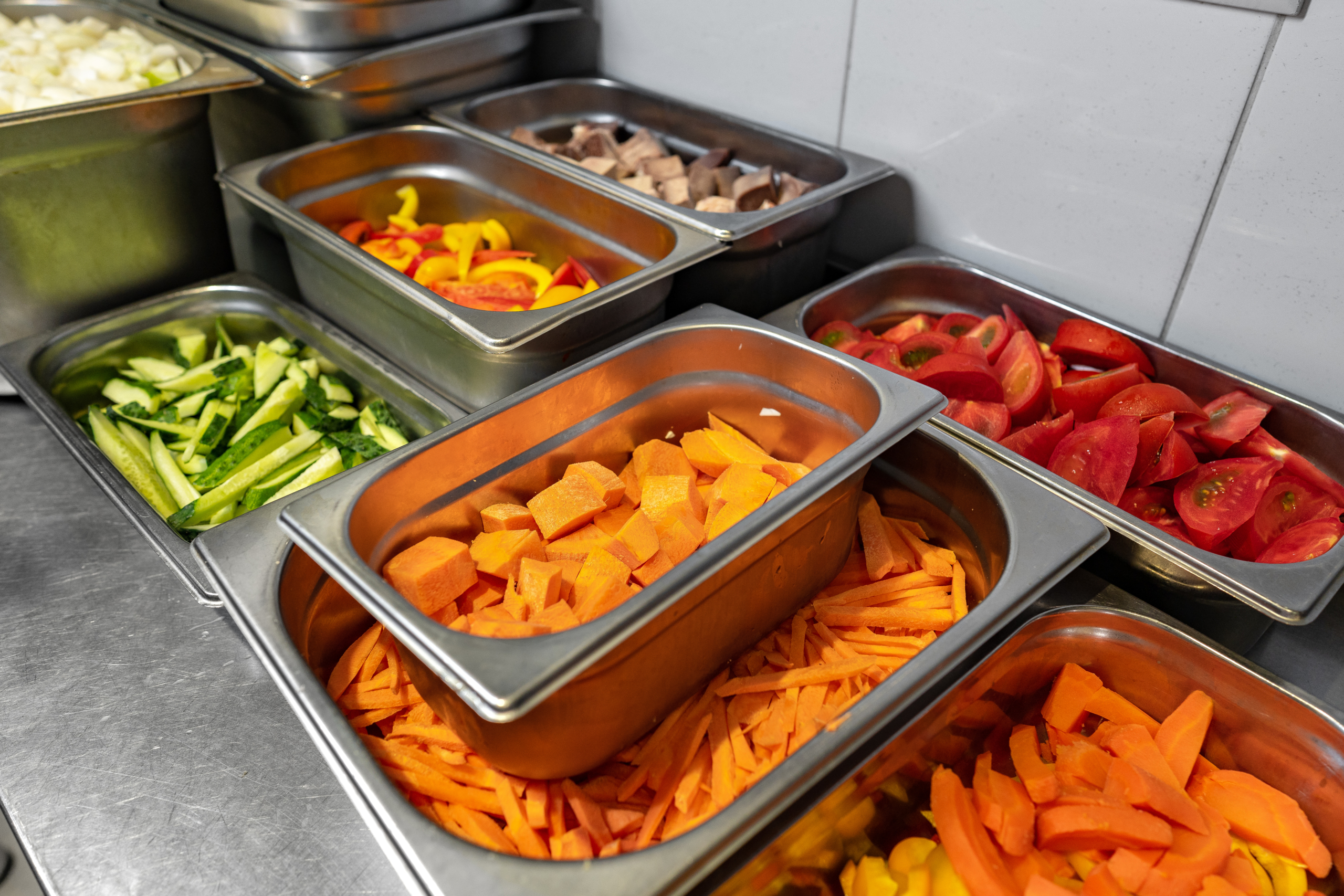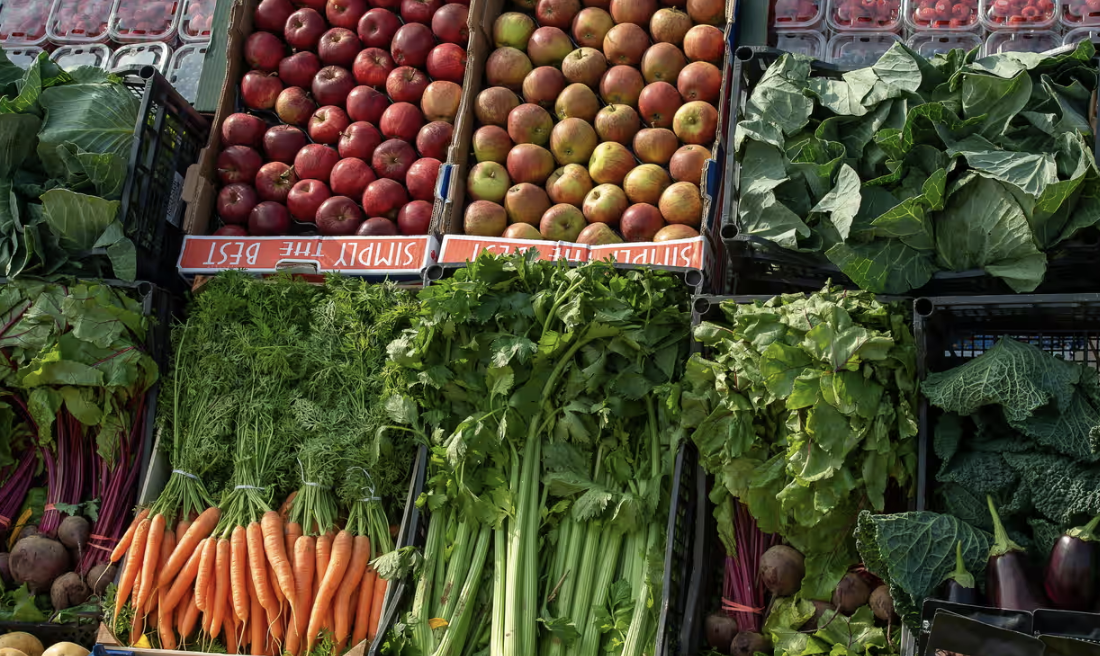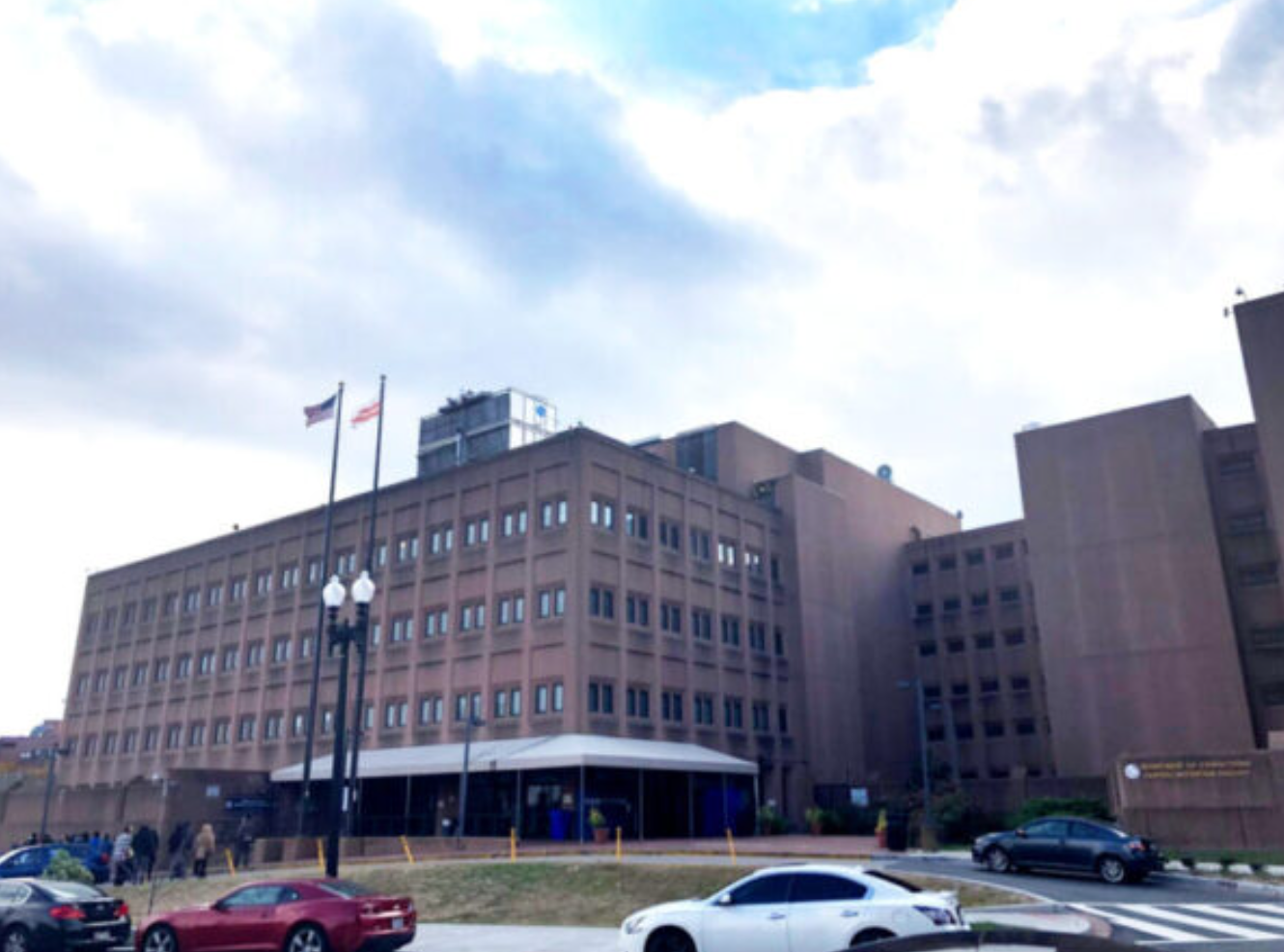Healthier children, better wages, stronger local economies, sustainable food – the fight for all of them starts with school lunches.
Across the country millions of children are returning to school with the promise that school lunch will be “great again”. For the Trump administration, this means adding salt, fat and sugar to the very same school lunches the Obama administration worked to make healthier.
But not everyone agrees that yielding to the concerns of big food lobbyists is the path to school lunch greatness, including the coalition of states and advocacy organizations that sued the Trump administration over the rollback of school lunch standards, as well as a growing number of parents who want schools to do more than just reheat frozen food manufactured in faraway factories.
Yet cutting ties with big food is no easy task for cash-strapped schools. Many lack basic culinary equipment such as knives and cutting boards, while others struggle to recruit and retain enough part-time workers to keep kitchens staffed. We need to invest in the National School Lunch Program (NSLP) and the hundreds of thousands of cafeteria workers who feed the nation’s children by empowering them to make meals from scratch using nutritious, locally sourced ingredients.
I have spent the last eight years visiting school kitchens and cafeterias, interviewing these workers and partnering with activists in the movement to bring “real” food to American public schools. I began with a simple interest in learning more about how farm-to-school programs could redirect public dollars to support local farmers and quickly realized just how difficult it is for schools to convert raw chicken, farm-fresh vegetables, and whole grains into a finished meal after decades of cost-cutting.
For over 70 years, the not-for-profit NSLP has been forced to operate as a self-sustaining “business”. Relying on lunch ladies’ willingness to work for extremely low wages was the primary strategy for containing costs until the late 1960s, when schools increasingly mechanized, privatized and commercialized school lunch in order to rapidly expand the NSLP to urban and rural schools that had been systematically excluded from the program. During this time, the National Restaurant Association, which food activists often call “the other NRA”, convinced Congress that big food companies could deliver a better, cheaper school lunch program than the nation’s lunch ladies.
We need to invest in the National School Lunch Program and the hundreds of thousands of cafeteria workers who feed the nation’s children.
By the time older millennials like me walked through the cafeteria doors in the early 1990s, we were greeted by rectangular slices of greasy sausage pizza, generic McRib sandwiches, sugary flavored milk, and lots of canned fruits and vegetables. As a kid I never really imagined that school lunch could be different. And it wasn’t until I began spending my days talking with school cafeteria workers two decades later that I began to understand how the people (mostly women) who feed the nation’s children had suffered – economically and emotionally – as their jobs were degraded and deskilled.
We need a new model for the NSLP that provides cafeteria workers with access to longer hours, higher wages and more meaningful work. Only then can we begin to realize the potential of the NSLP to reduce the long-term cost of preventable dietary diseases, encourage environmentally and economically sustainable diets, and create good middle-class jobs across the food chain.
Voluntary initiatives such as the Good Food Purchasing Program can help schools ensure that small-scale family farmers, organic growers and young/beginning farmers see a greater share of public food dollars, but the impact will be limited if the NSLP continues to prioritize short-term cheapness over long-term public value.
We need to make a national investment in the future of the food system, and K-12 schools offer the ideal platform. Unlike farmers’ markets and CSAs, which rely on individual consumers to vote with their forks for an alternative to the industrial status quo, the NSLP is a multibillion-dollar public program that operates in practically every American neighborhood.
New York City, Boston, and Atlanta are just a few of the nation’s large school districts that have committed to feeding all children free school lunches – a move vital to reducing the stigma of the NSLP as “welfare food”. This is a great start. But it’s not enough. We have to change the labor of lunch – from the way school food is grown, processed and prepared, to the way it is served – if we want to maximize the benefits of the NSLP to children, workers and the environment.
In the midst of a national conversation marked by lunch shaming and regulatory rollbacks, it may seem impractical to advocate for such sweeping changes. But the imperative to advance a bold, holistic set of school lunch reforms holds more promise than ever.
According to a recent report from the US Department of Agriculture, participation in the NSLP is actually the highest in schools that serve the healthiest food. The best way to make school lunch great for all children is to build a movement – at local, state and national scales – to transform the NSLP into a program that dishes up real food and real jobs in all American communities.
Jennifer E Gaddis is an assistant professor in the department of civil society and community studies at the University of Wisconsin-Madison, and the author of the forthcoming book The Labor of Lunch: Why We Need Real Food and Real Jobs in American Public Schools.



